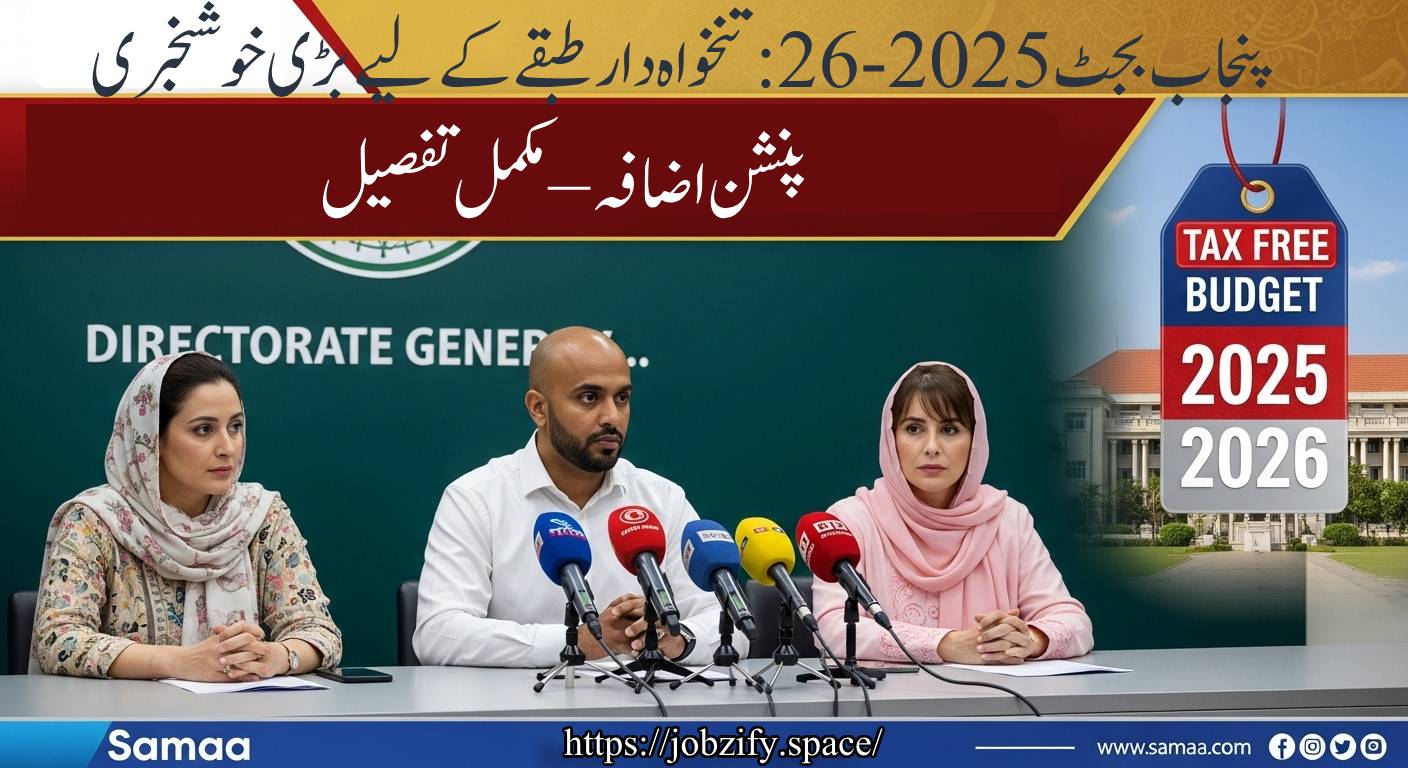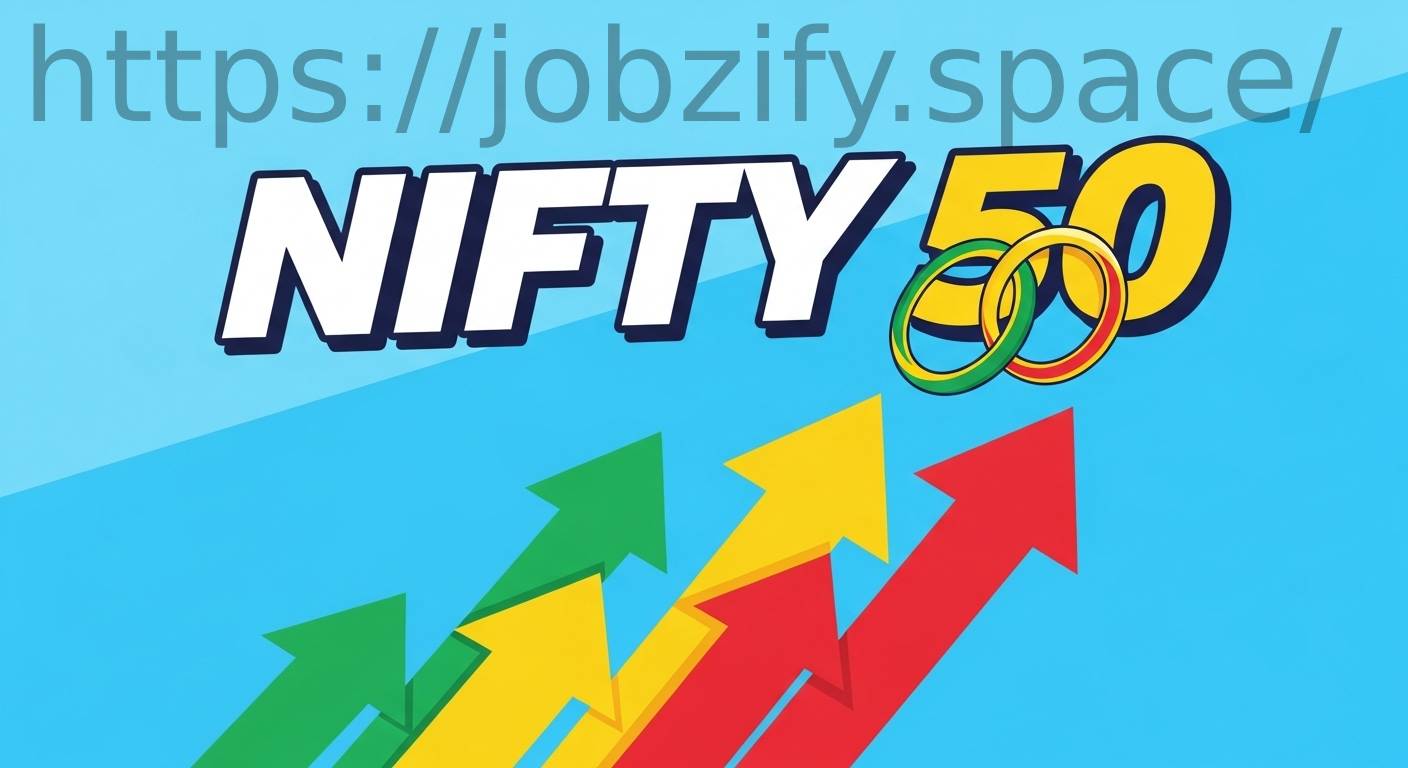Get a detailed breakdown of the Punjab Budget 2025-26. Find full details on the 10% salary increase, tax-free policy, and the historic Rs 1.24 Trillion ADP.
Table of Contents
Punjab Budget 2025-26: A Deep Dive into the Rs 5.33 Trillion Plan for Growth and Relief
Lahore, Punjab – The Government of Punjab, under the leadership of Chief Minister Maryam Nawaz Sharif, today unveiled a landmark budget for the fiscal year 2025-26 with a total outlay of approximately Rs 5.335 trillion. Presented in the Punjab Assembly by Finance Minister Mujtaba Shuja-ur-Rehman amidst opposition protests, the budget is being hailed by the government as a “people-friendly” and “tax-free” roadmap, strategically designed to balance economic prudence with significant public relief and a historic push for development.
This comprehensive financial plan, the first under the full-term tenure of the current government, aims to navigate a challenging economic landscape by focusing on enhancing social safety nets, boosting sectoral growth, and expanding the tax base without introducing new taxes. With a record-breaking development portfolio and targeted relief for salaried individuals and pensioners, the budget sets a definitive tone for Punjab’s economic and social priorities for the upcoming year.
This in-depth article will break down the key highlights of the Punjab Budget 2025-26, analyzing its core components, sectoral allocations, and what it means for the common citizen, government employees, and the province’s overall economic trajectory.
At a Glance: Key Highlights of the Punjab Budget 2025-26
For those seeking a quick overview, here are the most significant figures and announcements from the budget speech:
- Total Outlay: A colossal Rs 5.335 trillion, marking a significant increase from the previous year.
- Tax Policy: Declared a tax-free budget, with no new taxes being imposed on the public. The focus will be on expanding the existing tax net.
- Salary Increase: A 10% ad-hoc relief allowance for government employees.
- Pension Increase: A 5% increase in pensions for retired government servants.
- Minimum Wage: The minimum wage for workers in Punjab is proposed to be increased to Rs 40,000 per month.
- Development Budget (ADP): A historic allocation of Rs 1,240 billion for the Annual Development Programme (ADP), a 47% increase, aimed at fueling growth across various sectors.
- Provincial Revenue Target: An ambitious target of Rs 828.1 billion from the province’s own sources, including tax and non-tax revenue.
- Health Allocation: A substantial budget of Rs 630.5 billion has been earmarked for the health sector.
- Education Allocation: The education sector receives a major boost with an allocation of Rs 811.8 billion.
- Budget Surplus: The budget projects a surplus of Rs 740 billion, a figure highlighted by the government as a sign of fiscal discipline despite increased spending.
Relief for Salaried Class and Vulnerable Populations: Punjab Budget 2025
A central pillar of the Punjab Budget 2025-26 is the provision of direct financial relief to its employees and the most vulnerable segments of the population.
Salary and Pension Hikes:
In a much-anticipated move, the government has announced a 10% ad-hoc relief allowance on the basic pay of all provincial government employees. This measure is intended to provide some cushion against persistent inflation. Similarly, retired employees will see a 5% increase in their net pensions, acknowledging their service and financial needs. The increase in the minimum wage to Rs 40,000 is another significant step aimed at improving the quality of life for laborers across the province.
Social Protection and Pro-Poor Initiatives:
The budget continues to fund and expand several flagship pro-poor initiatives championed by Chief Minister Maryam Nawaz. Key among these are:
- Continuation of Welfare Schemes: Programs such as the “Apni Chhat Apna Ghar” housing scheme, the “Dhee Rani Scheme” for empowering young girls, and the provision of free medicines and cardiac treatments will continue with renewed financial commitment.
- Kisan Card: The agriculture sector remains a priority, with continued support for the “Kisan Card” program, designed to provide farmers with direct access to subsidies and financial support for modernizing their equipment and practices.
- Education and Youth Empowerment: The budget reinforces the government’s commitment to youth by continuing the popular Laptop Scheme to promote digital literacy among students. Furthermore, initiatives like providing milk in over 3,500 public schools aim to improve student nutrition and health.
Fueling the Economic Engine: Revenue, Taxes, and Fiscal Strategy
While the budget is being touted as “tax-free,” this refers to the absence of new taxes. The government’s fiscal strategy hinges on enhancing revenue collection by improving efficiency and broadening the existing tax base.
No New Taxes, But a Wider Net: Punjab Budget 2025
The government has explicitly stated its policy is not to burden existing taxpayers but to bring untaxed or under-taxed sectors into the fold. This includes:
- Punjab Revenue Authority (PRA): The PRA has been given a challenging revenue collection target of Rs 340 billion, a 13% increase from the previous year. This will be achieved by improving compliance and plugging leakages in the services tax regime.
- Board of Revenue (BoR) & Excise Department: The BoR is tasked with collecting Rs 105 billion, while the Excise and Taxation department will focus on improving collection from property and vehicle taxes. The government has indicated potential reforms in the valuation of immovable property to bring it closer to market rates, which could significantly increase revenue from the Urban Imovable Property Tax (UIPT), targeted at Rs 32.5 billion.
This approach reflects a strategic shift towards documentation of the economy and ensuring equitable contribution from all sectors without resorting to new taxation measures that could stifle economic activity.
A Blueprint for Progress: The Record-Breaking Annual Development Programme (ADP)
The most historic aspect of this budget is the Rs 1,240 billion allocated for the Annual Development Programme (ADP). This 47% surge in development spending underscores the government’s focus on building a prosperous and modern Punjab.
Sectoral Breakdown of the ADP: Punjab Budget 2025

- Education (Rs 811.8 Billion Overall Allocation): The government is prioritizing education with a massive financial injection. The development funds will be directed towards upgrading infrastructure in public schools, enhancing teacher training programs, and launching new scholarship schemes like the “Noon Student Scholarship Scheme” to ensure broader access to quality education. A significant portion will also go to higher education, with plans for new universities and colleges.
- Healthcare (Rs 630.5 Billion Overall Allocation): The healthcare sector is set for a major overhaul. Key development projects include the establishment of the state-of-the-art Nawaz Sharif Cancer Hospital in Lahore (costing Rs 72 billion) and new cardiology centers in Sargodha and other cities. The budget also ensures the continuation and strengthening of the Sehat Sahulat Card, providing health insurance to millions.
- Infrastructure and Urban Development: A large chunk of the ADP will be spent on constructing and rehabilitating thousands of kilometers of roads across the province, particularly in underdeveloped regions. The budget also allocates funds for major urban transport projects, including the expansion of metro bus services to cities like Gujranwala and the introduction of environmentally friendly electric buses in major urban centers.
- Agriculture (Rs 129.5 Billion Overall Allocation): To support Punjab’s agrarian backbone, the development budget will fund projects aimed at improving water management, promoting high-yield crops, and providing farmers with easier access to modern technology through the Kisan Card and other subsidy schemes.
- Information Technology: Recognizing the importance of the digital economy, funds have been allocated for establishing IT parks and promoting the digitalization of government services to enhance transparency and efficiency.
Analysis: An Ambitious Agenda of Growth and Welfare: Punjab Budget 2025
The Punjab Budget 2025-26 is a carefully crafted document that attempts to walk a tightrope between populist measures and fiscal responsibility. The significant increase in the development budget is a bold statement of intent, signaling a focus on long-term growth and capital investment. By avoiding new taxes, the government aims to foster a business-friendly environment and provide relief to a populace grappling with high living costs.
However, the success of this ambitious budget hinges on several factors. The achievement of the lofty revenue collection targets set for the PRA and other bodies will be critical to funding the proposed expenditures without resorting to excessive borrowing. Furthermore, the efficient, transparent, and timely implementation of the thousands of development projects outlined in the ADP will be the ultimate test of the government’s capacity to deliver on its promises.
In conclusion, the Punjab Budget 2025-26 presents a progressive and people-centric vision. It prioritizes the welfare of government employees, farmers, and the underprivileged while simultaneously laying the groundwork for a more developed and economically vibrant Punjab. As the fiscal year unfolds, all eyes will be on the provincial government to see if this comprehensive financial plan can translate its ambitious goals into tangible progress on the ground.




